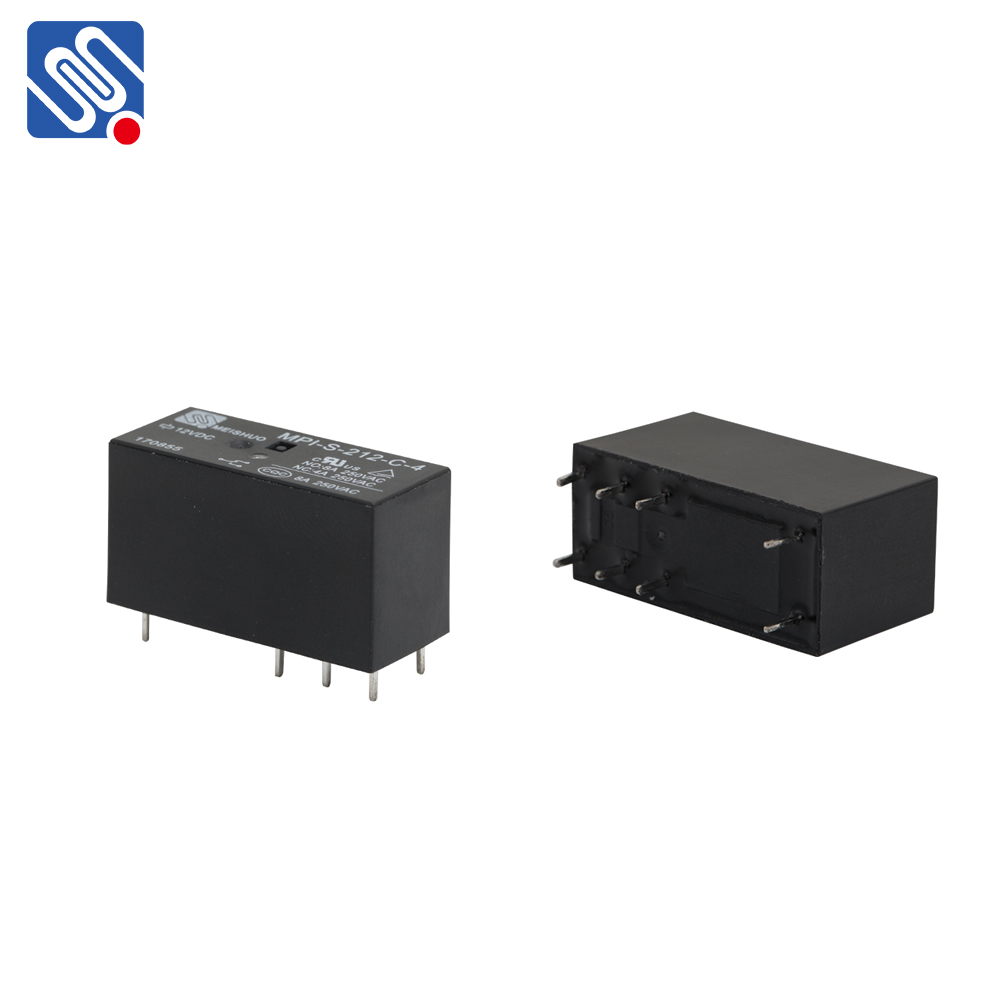enhancing communication with relay efficiency: key considerations and strategies
Release time:2025-11-15 03:55:03
Relay efficiency is a fundamental concept in modern communication systems, particularly in wireless networks where signal transmission faces numerous challenges, such as distance, obstacles, and interference. The term refers to the ability of relay nodes in a network to forward signals with maximum effectiveness while minimizing energy consumption and maintaining optimal data rates. As the demand for high-speed, reliable communication continues to rise, understanding and improving relay efficiency is becoming increasingly essential for designing efficient communication systems, whether in mobile networks, satellite communication, or sensor networks. In this article, we will explore the concept of relay efficiency, its importance, and strategies for enhancing it.

What is Relay Efficiency?
At its core, relay efficiency concerns how well a relay node performs its task of forwarding signals from a source to a destination. Unlike traditional communication methods, which rely on direct communication between sender and receiver, relay systems introduce intermediary nodes that help transmit data. These relay nodes receive the signal from the source and then forward it to the destination.
Relay efficiency can be defined as the ratio of the useful signal power received at the destination to the total energy expended by the relay node(s) during the signal forwarding process. The higher the relay efficiency, the better the network’s overall performance in terms of coverage, signal strength, and data throughput, all while minimizing energy consumption.

